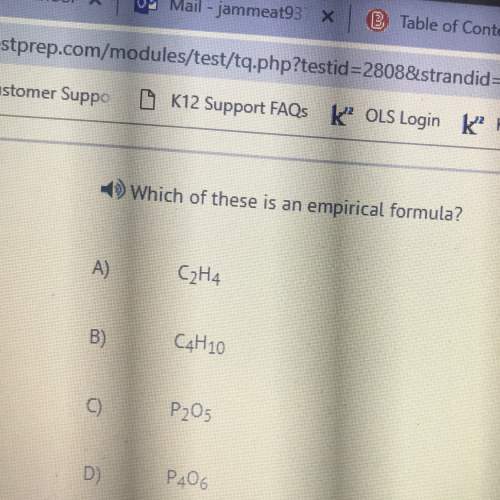
Watch the video to determine which of the following relationships are correct according to Boyle’s law.
1. PV∝P
2. P∝V
3. PV∝V
4. P∝1V
5. V∝1P
6. V∝P
Part B. Standard temperature and pressure (STP) are considered to be 273 K and 1.0 atm. Predict which of the following changes will cause the volume of the balloon to increase or decrease assuming that the temperature and the gas filling the balloon remain unchanged. Drag the appropriate items to their respective bins.
A. Volume increases
B. Volume decreases
C. Volume is unchanged
Part C. If a certain gas occupies a volume of 20 L when the applied pressure is 10 atm, find the pressure when the gas occupies a volume of 5.0 L. Express your answer to two significant figures, and include the appropriate units.
ki, kf =
Part D. If a certain gas occupies a volume of 18 L when the applied pressure is 9.0 atm , find the pressure when the gas occupies a volume of 4.5 L .Express your answer to two significant figures and include the appropriate units.

Answers: 2
Another question on Chemistry


Chemistry, 22.06.2019 22:30
Astudent pours 10.0 g of salt into a container of water and observes the amount of time it takes for the salt to dissolve. she then repeats the process using the same amounts of salt and water but this time she slowly stirs the mixture while it is dissolving. the student performs the experiment one more time but this time she stirs the mixture rapidly. the dependent variable in this experiment is: time for salt to dissolve speed of stirring amount of water mass of salt
Answers: 1

Chemistry, 23.06.2019 06:00
Give one example of a pure (exact) number and of an estimated (measured) number.
Answers: 2

Chemistry, 23.06.2019 10:30
Can anyone explain 1. review your spectrometry data and use the known elements to identify the star's composition. which unknown elements make up this star? justify your element selections. 2. in parts i and ii of the lab, what happened to the electrons of each element to produce the different colors of light? explain your answers using important terms from the lesson and information provided in the laboratory. 3. stars composed of heavier (more massive) elements are often slightly older than stars made predominantly from hydrogen and helium. based on your data, is the newly discovered star a younger star? explain your answer.
Answers: 2
You know the right answer?
Watch the video to determine which of the following relationships are correct according to Boyle’s l...
Questions

Mathematics, 19.12.2020 02:10


Advanced Placement (AP), 19.12.2020 02:10


Social Studies, 19.12.2020 02:10


Business, 19.12.2020 02:10

History, 19.12.2020 02:10


Mathematics, 19.12.2020 02:10

Mathematics, 19.12.2020 02:10

Mathematics, 19.12.2020 02:10

Social Studies, 19.12.2020 02:10

Chemistry, 19.12.2020 02:10

Mathematics, 19.12.2020 02:10


English, 19.12.2020 02:10


Mathematics, 19.12.2020 02:10

Business, 19.12.2020 02:10




